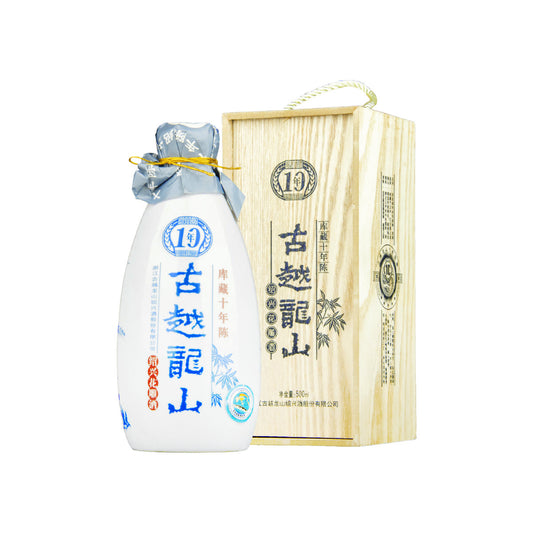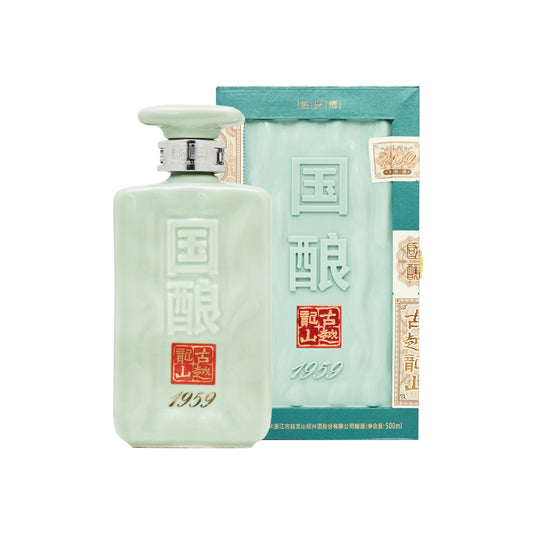
Shaoxing Rice Wine Classroom: Classification of High-Quality Shaoxing Rice Wine
"As cultural sophistication increases, alcohol content decreases."
High-quality Shaoxing rice wine exhibits a rich yellow color, with a mellow and fragrant taste that is delightful and easy on the palate!

Shaoxing rice wine is a national specialty of China, with Shaoxing Rice Wine from Zhejiang province representing the most ancient and emblematic product using a fermentation process of wheat qu and rice.

Furthermore, Shaoxing rice wine is known for its remarkable health benefits, which has made it a favourite among many. So, what are the specific classifications of Shaoxing rice wine?
Shaoxing rice wine can be categorised into four types based on their sugar content:
- Dry Shaoxing Rice Wine: The term "dry" indicates that the wine has low sugar content, as the sugars have all fermented into alcohol, resulting in the lowest sugar content in the wine. A representative product is Yuanhong Wine, with a rich and refreshing taste, devoid of any undesired flavours.
- Semi-dry Shaoxing Rice Wine: "Semi-dry" signifies that not all of the sugar has fully fermented into alcohol, leaving some residual sugars, also known as "added rice wine." Most premium Shaoxing rice wines in China fall into this category, such as Huadiao Wine. The taste is rich, smooth, fresh, and free from any undesired flavours.
- Semi-sweet Shaoxing Rice Wine: Semi-sweet Shaoxing rice wine involves the use of finished rice wine instead of water in the fermentation process, resulting in a higher alcohol concentration in the fermentation mash from the beginning, which somewhat inhibits the growth of yeast and leads to a higher sugar content in the final product. Representative products include Shanniang Wine and Jimo Old Wine. The taste is rich, sweet and refreshing, with a well-balanced body and no undesired flavours.
- Sweet Shaoxing Rice Wine: Sweet Shaoxing rice wine is typically produced using the "dripping rice" technique, where wine medicine is mixed in and allowed to ferment into sweet wine. When the saccharification reaches a certain level, 40%-50% concentrated rice wine or distiller's lees is added to suppress microbial fermentation. Representative products include Xiangxue Wine and Fujian Chenjiang Wine. The taste is sweet, rich, well-balanced, and free from undesired flavours.






